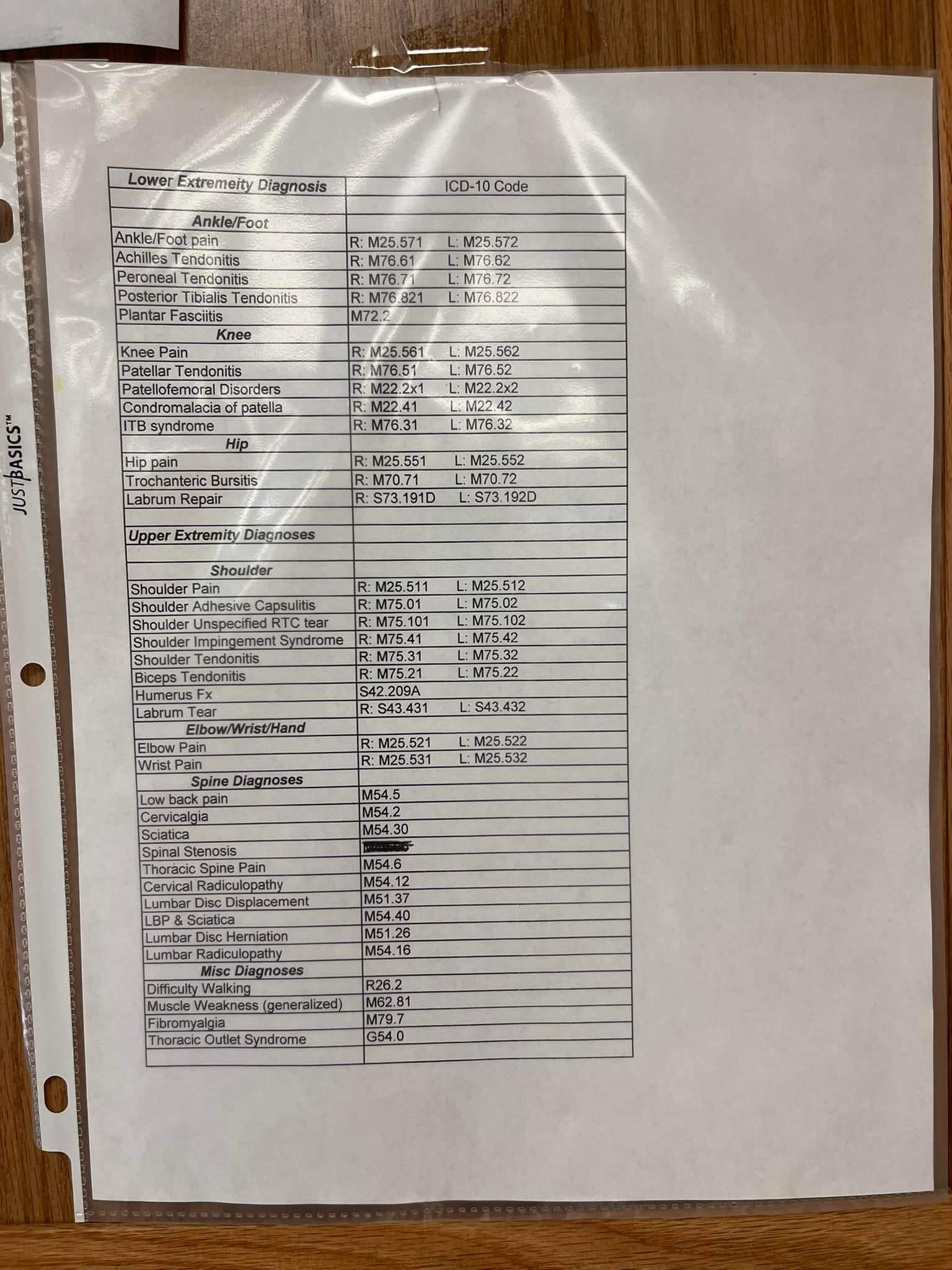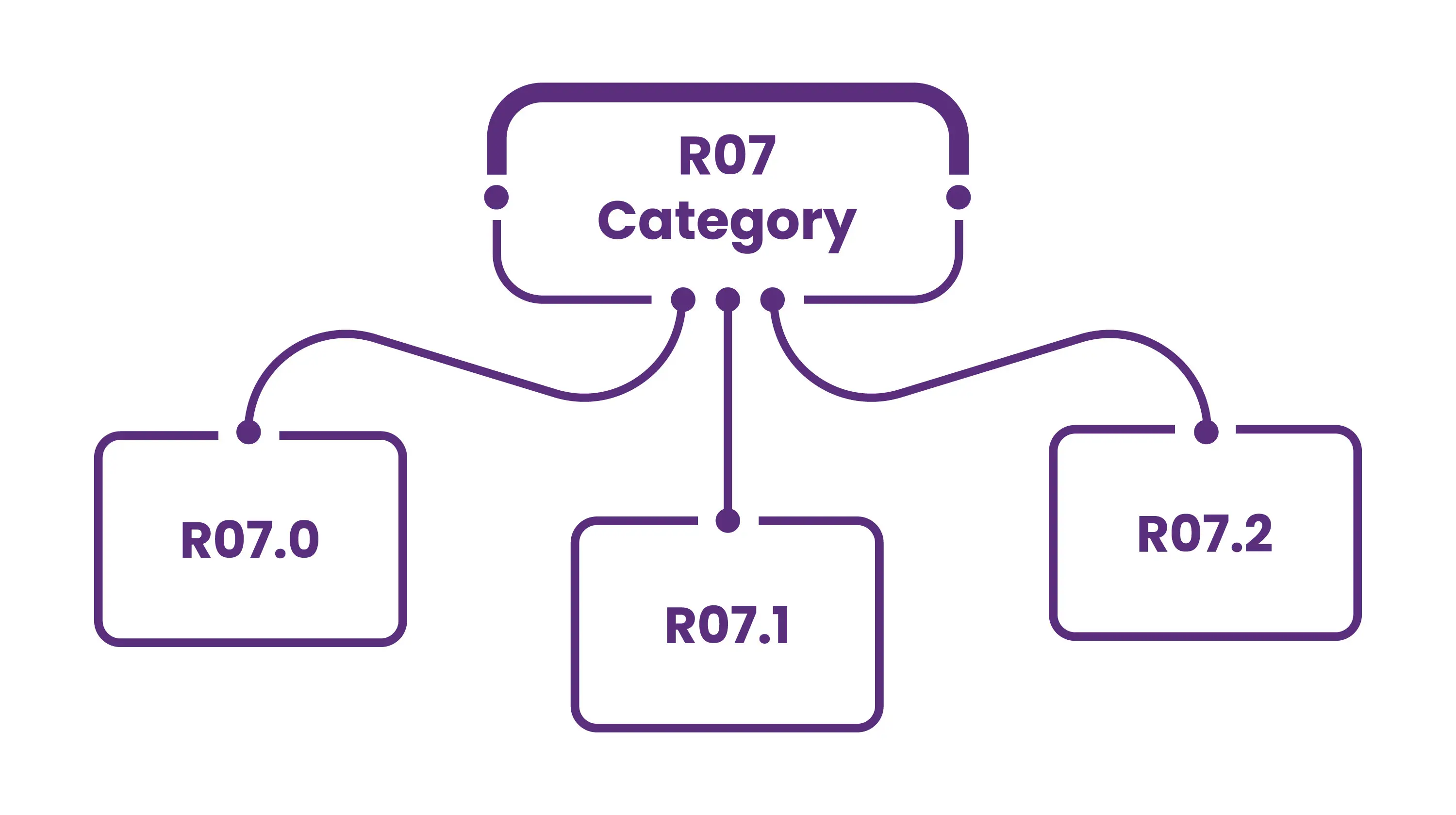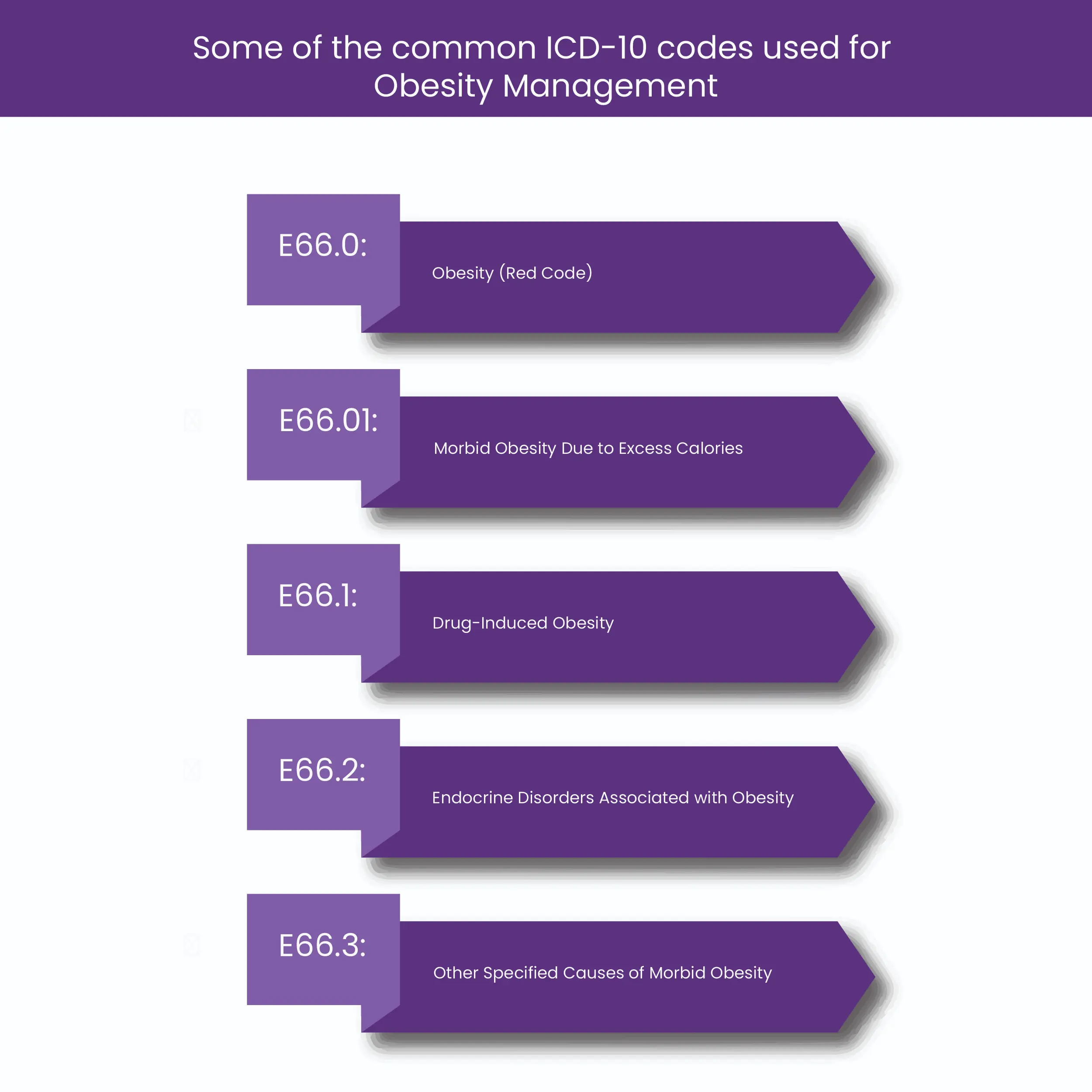Ai-generated content may sometimes contain inaccurate, incomplete, or biased information, so make sure you do additional research. Symptoms vary with the type of azotemia. What is azotemia? Specifically, azotemia is when there’s too much nitrogen and waste products in your blood. Learn more about its causes and outlook. Azotemia is a condition that happens when waste product levels in your blood are too high. · what is azotemia? · azotemia alta: Learn more about what causes it, the symptoms, and potential treatments. · azotemia is a biochemical abnormality, defined as elevation, or buildup of, nitrogenous products (bun-usually ranging 7 to 21 mg/dl), creatinine in the blood, and other … Azotemia sets in when angiotensin-converting enzyme (ace) inhibitors or angiotensin ii receptor blockers (arbs) cause efferent arteriolar dilatation, thereby decreasing intraglomerular pressure. Creating an answer for you using ai. Azotemia is a common condition that occurs when you have too many waste products in your blood. Prerenal, renal, and postrenal. Understanding its causes, symptoms, diagnosis, and treatment options is essential for effective management. Cosa vuol dire e cosa comporta? · azotemia is an elevation of blood urea nitrogen (bun) and serum creatinine levels. In this article, we will discuss the definition, causes, symptoms, diagnosis, and treatment of azotemia. This can occur due to various underlying causes, such as kidney disease or dysfunction, liver disease, or certain medications. There are three primary types of azotemia: Azotemia (from azot nitrogen and -emia blood condition), also spelled azotaemia, is a medical condition characterized by abnormally high levels of nitrogen -containing compounds (such as urea, creatinine, various body waste compounds, and other nitrogen-rich compounds) in the blood. Azotemia is a condition in which there is an abnormal accumulation of nitrogen - containing compounds , such as urea, creatinine , and other waste products , in the blood. The reference range for bun is 8-20 mg/dl, and the normal range for serum creatinine is 0. · azotemia is a medical condition in which there is an abnormally high level of nitrogenous waste products such as urea and creatinine in the blood. This inefficiency leads to an accumulation of nitrogenous waste, which can have various underlying causes. Understanding its causes, symptoms, diagnosis, and treatment options is essential for … Azotemia is a significant medical condition that can indicate underlying kidney dysfunction. · azotemia is a condition characterized by high blood nitrogen levels, leading to acute renal failure. Azotemia occurs when the kidneys are unable to filter waste products from the blood efficiently. It develops after an injury or disease damages your kidneys and they’re not able to … You should not rely on this feature for medical, financial, or legal advice. This ai-generated answer is powered by openai. · azotemia is a biochemical abnormality, defined as elevation, or buildup of, nitrogenous products (bun-usually ranging 7 to 21 mg/dl), creatinine in the blood, and other secondary waste products within the body. · azotemia is when your blood has an abnormally high amount of nitrogen. These waste products develop when your body breaks down protein in foods and drinks you ingest. · azotemia is when the kidneys cannot get rid of the waste product nitrogen, causing it to build up in the blood. Si parla di azotemia alta quando i valori della concentrazione ematica di azoto superano quelli compresi tra i 15 mg/dl ed i 50 …
Azotemia Icd 10 Code: Simple Explanation & Quick Lookup
Ai-generated content may sometimes contain inaccurate, incomplete, or biased information, so make sure you do additional research. Symptoms vary with the type of azotemia. What...









